Officially nicknamed the “Constitution State” but also referred to as the Provisions State and the Nutmeg State, Connecticut was the 5th state to join the United States of America on January 9, 1788.
It has a population of 3,565,287 people, making it the 29th most populous state. Connecticut is bordered by the states of Massachusetts, New York, and Rhode Island.
With a total of 5,567 sq mi (14,357 km²) of land and water, it is the 3rd smallest state. The capital of Connecticut is Hartford, situated just north of the center of the state.
Enough of the fast facts for now, though; let’s take a deeper look into the Constitution State!
The name Connecticut means “long tidal river.”

Before European colonization, the region of Connecticut was inhabited by a number of Native American tribes, such as the Paugussets, the Mohegans, and the Pequots, who all spoke different languages from the Algonquian language group.
The name Connecticut actually comes from the Algonquian word quinetucket which can be translated as “long tidal river,” “upon the long river,” or “beside the long, tidal river,” both referring to the Connecticut River.
Modern-day Connecticut has been inhabited for more than 10,000 years!
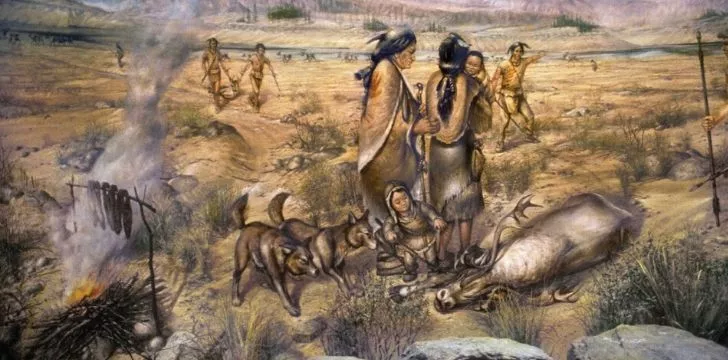
The Connecticut region was populated long before the first Europeans arrived. The first to live there were the Paleo-Indians, who came into the Americas via the Bering Strait from modern-day Russia.
They were primitive people, using simple instruments such as stone tools.
The Paleo-Indians of Connecticut are said to have been semi-nomadic and, as such, hunted, fished, and foraged in a variety of locations depending on what was available seasonally.
By the time Europeans arrived in the region, though, the local indigenous people such as Pequot, Nipmuc, and Mogegan were settled in villages.
There they cultivated crops, such as beans and squash, while still subsisting partially off the land.
The first European to explore Connecticut was from the Netherlands.

The Dutch explorer Adriaen Block first came to the area in 1614, which is now known as Connecticut.
In the ship Onrust, he and his men explored about 60 miles (97 km) up the Connecticut river to the area which is now the capital of the state, Hartford.
It’s thanks to Adriaen Block and his men that the area of Connecticut was later colonized.
The first European settlements in Connecticut were English, not Dutch.

While the Dutch may have been the first Europeans to enter the region of Connecticut, they never established any permanent settlements.
They did set up trading posts, of course, but it was English settlers from Massachusetts who made Connecticut their home first.
The settlers were English Puritans, a group of Protestants who broke away from the Church of England because they believed the church needed to be purified of its Roman Catholic influences.
Connecticut created the very first written Constitution.

In Connecticut’s early days, there was a great amount of political freedom and independence.
It’s as a result of this freedom that they created something called The Fundamental Orders in 1639.
The fundamental orders basically described how the people of the Connecticut colony would govern themselves as a self-ruling colony.
The fundamental orders have been said to actually be the first form of a written constitution within Western culture.
It’s thanks to this that Connecticut gained its nickname, The Constitution State.
Connecticut played an important part in the American Revolution.
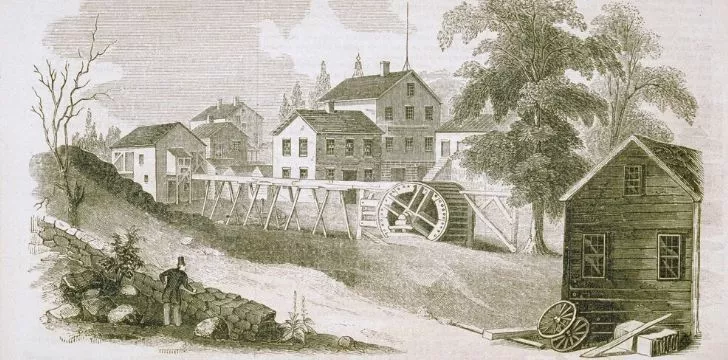
When war broke out between the 13 American colonies and Great Britain, Connecticut did not shy away from the fight.
While Western Connecticut was more loyal to Great Britain than others, they bowed to political pressure from the East and aided in the conflict.
One of Connecticut’s greatest contributions to the war effort was supplies.
While that may not sound all that important, one must understand that a lot of these supplies were weapons!
It’s thanks to their well-needed contributions to the war effort that Connecticut gained another nickname, The Provisions State.
The region of Connecticut was little more than an agricultural region until the 19th Century.
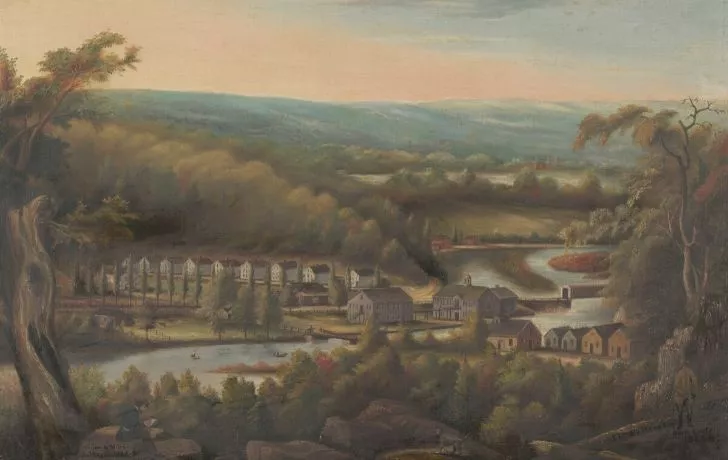
Except for a few small townships such as Hartford and New London, the region was good for not much more than agricultural purposes.
Fortunately for the state, though, there were quite a few entrepreneurial pioneers. One such pioneer was Eli Whitney, who came up with the idea of using machines to make various gun parts.
Eli went on to create a musket factory in Hamden after the federal government put in an order for 15,000 muskets.
This is just one example of the shift to manufacturing from agriculture, with many more like it.
By 1850, there were more employees in the manufacturing industry than those in agriculture.
Connecticut has a long history of arms manufacturing.
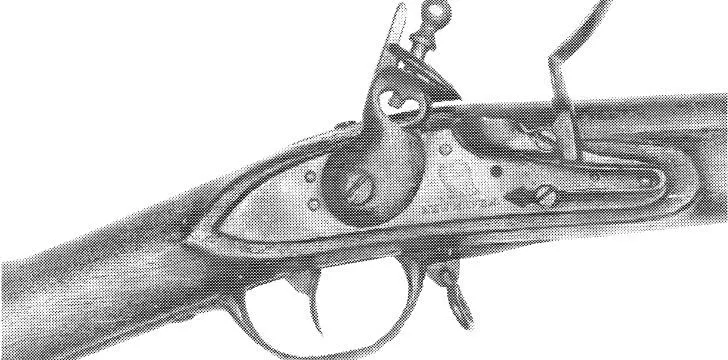
It all started with Eli Whitney and his muskets in Hamden, Connecticut. After Eli’s success, the manufacturing industry in Connecticut boomed – and so did arms manufacturing.
Eli was far from the only entrepreneur to capitalize on the growing need for firearms, though. Samuel Colt, the inventor of the Colt revolver, also started in Connecticut.
Other famous firearms from the region include the Tommy gun, the Gatling Gun, and the Winchester rifle.
The first nuclear-powered submarine was built in Connecticut.

The nuclear-powered submarine USS Nautilus (SSN-571) was launched in January 1954 into the Thames River and commissioned the following September into the United States Navy.
Because of her nuclear power, she was able to travel longer than any existing submarine at the time.
She was also the first submarine to complete the trip to the North Pole.
USS Nautilus was decommissioned in 1980 and became a museum ship shortly after. You can visit her at the Submarine Force Library and Museum in Groton, Connecticut.
Connecticut was one of the only two US states to vote against the 18th amendment.

For those not in the know, the 18th amendment was an attempt on the part of the US Government to put an end to alcohol-related societal issues, such as poverty.
This amendment made it so that the production, transportation, and sale of any alcoholic beverage was illegal and began on January 17, 1920.
Connecticut and Rhode Island were the only two states who rejected the amendment, refusing to make it law within their boundaries.
Unfortunately for the states and their residents, when the amendment became federal law, they had to comply.
Connecticut has one of the largest gaps between rich and poor in the US.

If you only glance at the numbers, then Connecticut looks pretty good.
In 2013, it was calculated that the state had the highest income per capita in the US, sitting at $60,847 USD.
Unfortunately, when you take a closer look, it’s a little direr.
Connecticut was also found to be in the top 3 states in terms of millionaires per capita in 2013, and this stat skews the state’s income per capita data.
A report found that Connecticut actually has the second largest income difference between the average earnings of the 99% and the 1%.
Connecticut’s official state hero was a spy.
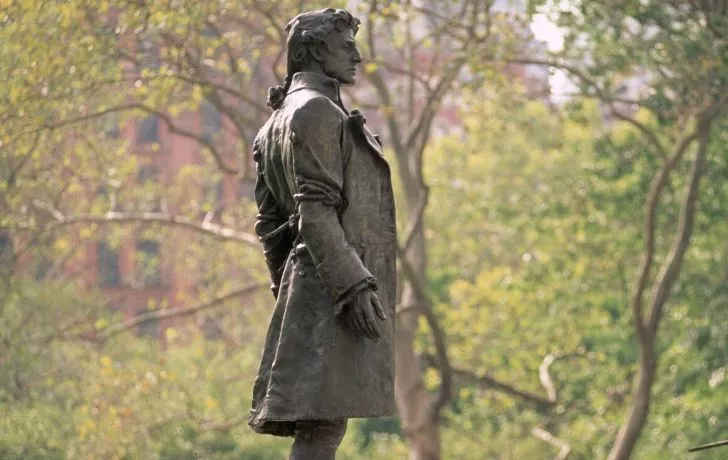
That’s right; there are even official state heroes! Connecticut’s very own hero was Nathan Hale, a soldier for the Continental Army during the American Revolution.
He lost his life at the young age of 21 when he volunteered to spy on the enemy, Great Britain, in New York City.
He became a hero for the cause when he was caught by enemy forces and hung by the neck.
Although he was always considered an American hero, it wasn’t until 1985 that he became the official state hero!
Mark Twain wrote many of his novels in Connecticut.
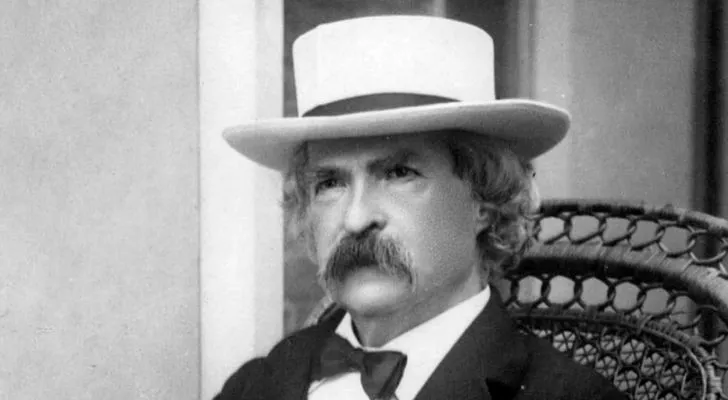
Known by most by his pen name of Mark Twain, Samuel Langhorne Clemens is said to be the father of American literature.
While he was born in Missouri, some of his very best works were written in his home in Hartford, Connecticut, where he moved to in his 40s.
Both The Adventures of Tom Sawyer and The Adventures of Huckleberry Fin, as well as many others, were penned during the 17 years he lived there.
Both of the Bush Presidents were born in Connecticut.

Sometimes referred to as Bush 41 or Bush Senior, George H. W. Bush was the first in the family to go into the line of politics.
He was born in the town of Greenwich, Connecticut, where he spent most of his youth.
George W. Bush, on the other hand, is sometimes referred to as Bush Junior or Bush 43 to avoid confusion.
George W. Bush was born in New Haven, Connecticut, but grew up in Houston, Texas, unlike his father.
The hamburger’s official birthplace is Connecticut.
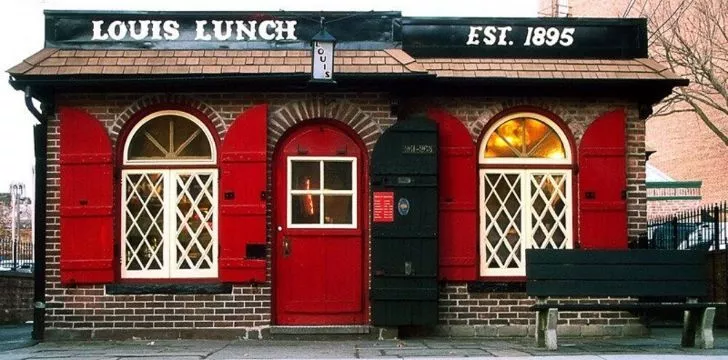
If you head on over to the city of New Haven, you can taste history. There you’ll find a little restaurant called Louis’ Lunch that has been running since before 1900, but that’s not the main draw.
The real significance of this establishment comes from an event in 1900 when the world’s first hamburger was created.
The story tells that Louis Lassen, the owner, and proprietor at the time, threw together a few simple ingredients for a customer who was in a rush. The rest is history!
As one of the New England states, Connecticut surely does have a storied past.
It’s especially surprising how rich of a history the state really has, considering that it’s the third smallest in the US.
It’s not all about history for Connecticut, though, with its rural areas abounding with beauty!
Whatever the reason, it’s always worth making the trip up north to visit the Constitution State!












